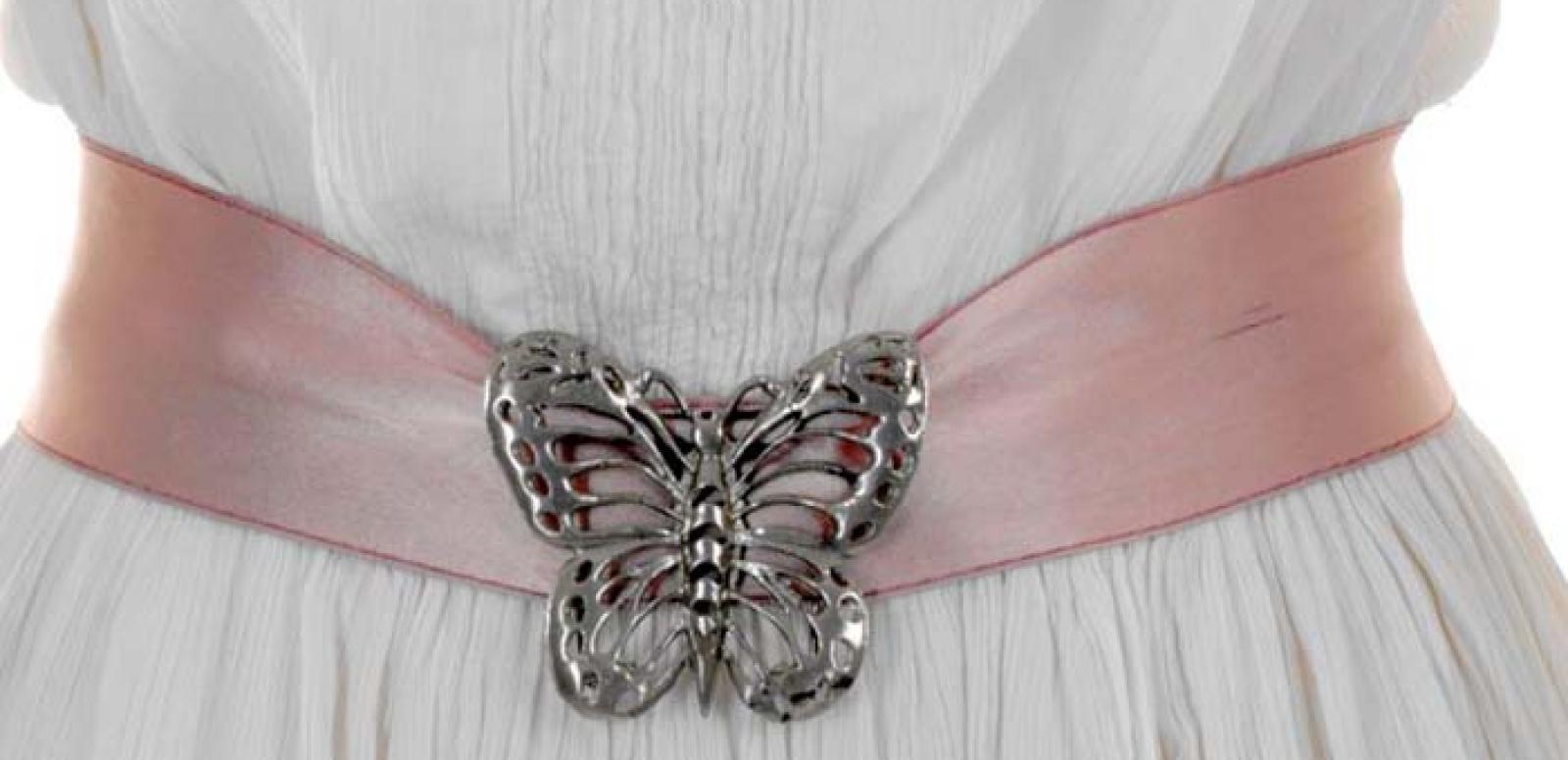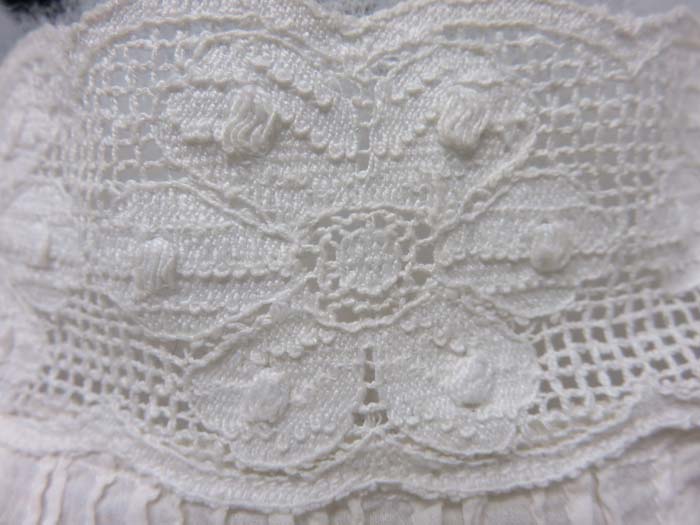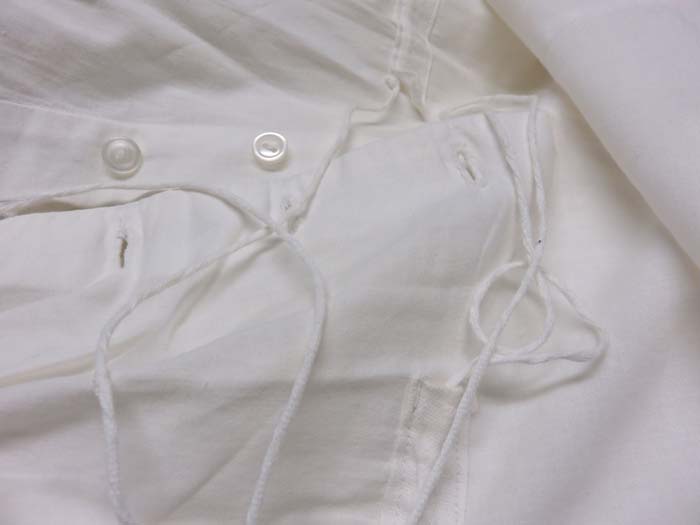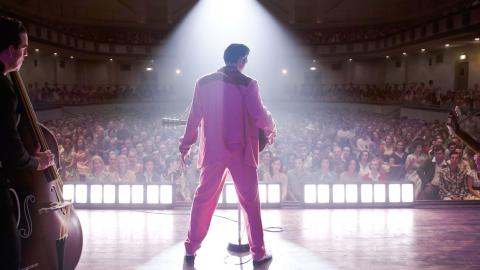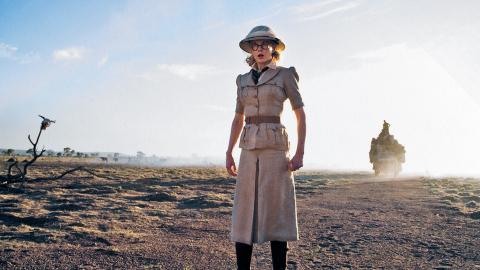NFSA curator Jenny Gall takes a close look at two of the costumes in Peter Weir's Picnic at Hanging Rock, released in Australia in 1975. They also feature in our online Picnic at Hanging Rock curated collection.
The NFSA collects costumes as evidence of the creative process of filmmaking. In presenting costumes from the collection online and in exhibition spaces, we seek to provide audiences with an understanding of how costumes create character, and to acknowledge the skilled teams who translate the designer’s vision into clothing that supports the film.

